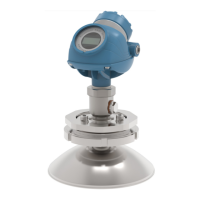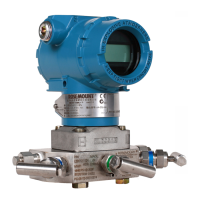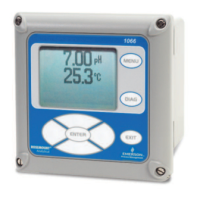7.12.7 Alarm Detection
A block alarm will be generated whenever the BLOCK_ERR has an error bit set. The types of block
error for the AI block are defined above.
Process alarm detection is based on the PV value. You can configure the alarm limits of the
following standard alarms:
• High (HI_LIM)
• High high (HI_HI_LIM)
• Low (LO_LIM)
• Low low (LO_LO_LIM)
Additional process alarm detection is based on the difference between SP and PV values and can
be configured via the following parameters:
• Deviation high (DV_HI_LIM)
• Deviation low (DV_LO_LIM)
In order to avoid alarm chattering when the variable is oscillating around the alarm limit, an
alarm hysteresis in percent of the PV span can be set using the ALARM_HYS parameter. The
priority of each alarm is set in the following parameters:
• HI_PRI
• HI_HI_PRI
• LO_PRI
• LO_LO_PRI
• DV_HI_PRI
• DV_LO_PRI
Alarms are grouped into five levels of priority:
Table 7-29 Alarm priority levels
Priority Number Priority Description
0 The priority of an alarm condition changes to after the condition that caused the alarm is corrected.
1 An alarm condition with a priority of 1 is recognized by the system, but is not reported to the
operator.
2 An alarm condition with a priority of 2 is reported to the operator, but does not require operator
attention (such as diagnostics and system alerts).
3-7 Alarm conditions of priority 3 to 7 are advisory alarms of increasing priority.
10-15 Alarm conditions of priority 8 to 15 are critical alarms of increasing priority.

